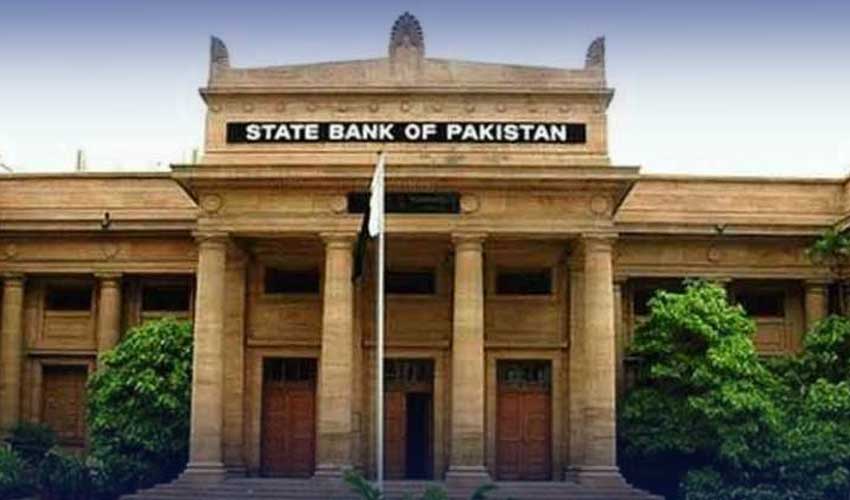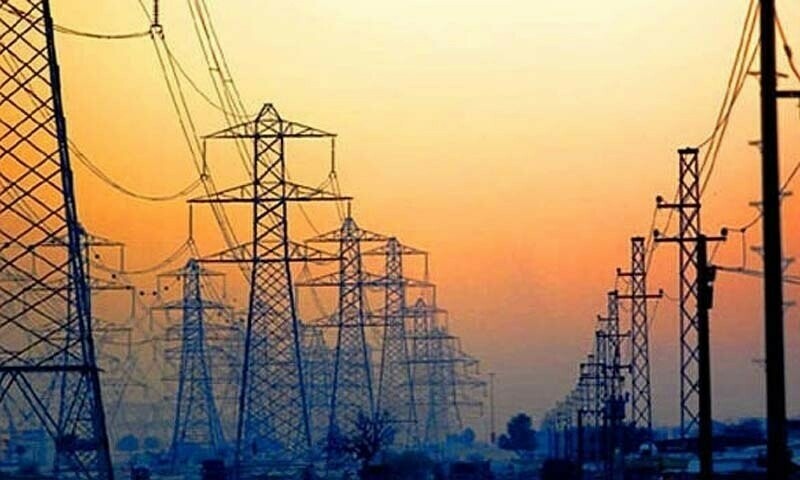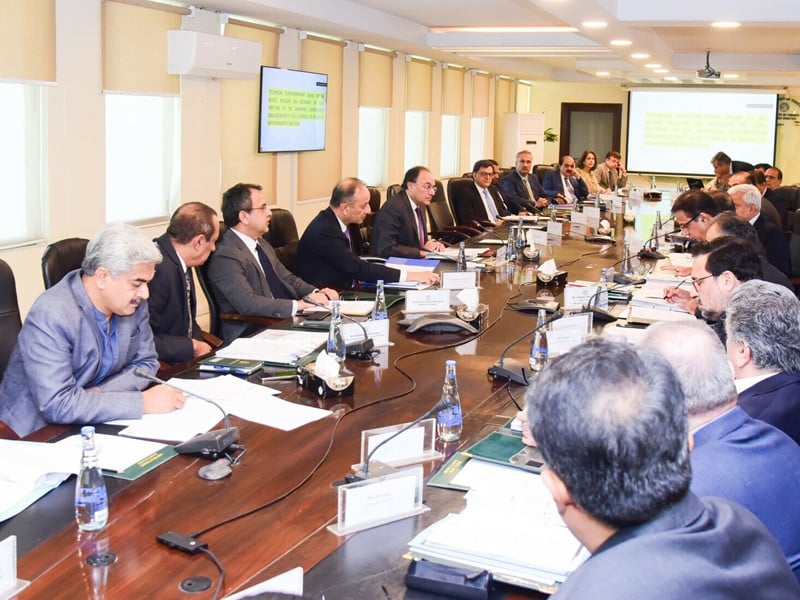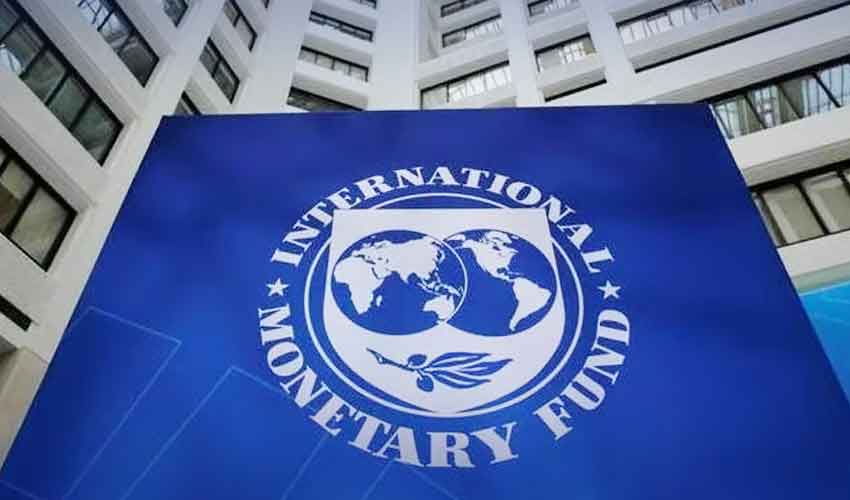TRADE & ECONOMY
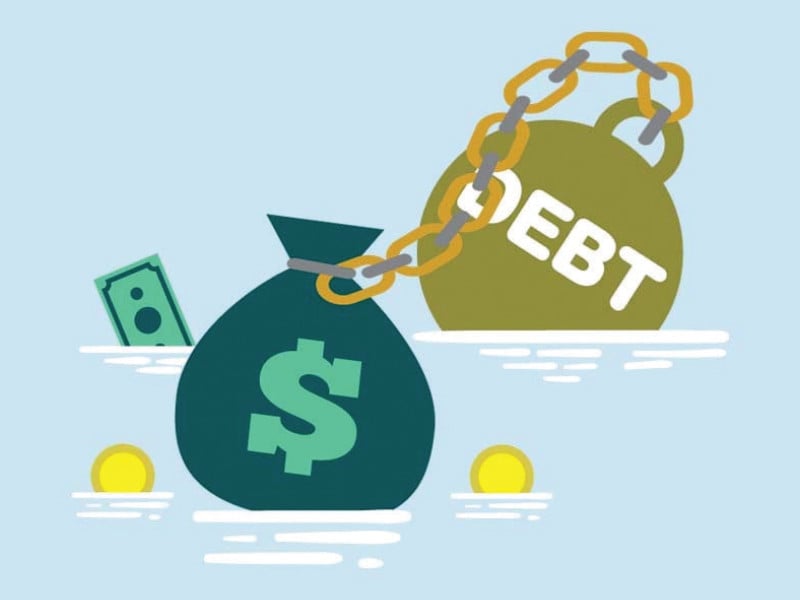
The government of Pakistan has approved a new Circular Debt Management Plan for the fiscal year 2024-25, with projections indicating that the costs associated with electricity theft and low bill recoveries will escalate to an astounding Rs637 billion in the current fiscal year. Despite recent electricity price hikes, the circular debt flow is expected to continue unabated.
Key Highlights of the Plan:
According to the plan submitted by the Ministry of Energy, rather than reducing the existing circular debt stock of Rs2.393 trillion, it is projected to increase to Rs2.429 trillion by June 2025. This increase occurs in the backdrop of the government raising electricity prices and allocating Rs1.2 trillion in subsidies to mitigate the financial strain on the power sector.
The Economic Coordination Committee (ECC) of the Cabinet, chaired by Finance Minister Senator Muhammad Aurangzeb, endorsed the plan, which aims to enhance the financial viability of the power sector. However, concerns have been raised about the plan's underlying assumptions, particularly a projected Rs300 per dollar exchange rate and an 18.44% interest rate, which could impose an excessive burden on consumers.
Government's Fiscal Challenges:
The finance ministry expressed skepticism regarding the viability of the plan, highlighting that the coalition government might struggle to address the systemic inefficiencies plaguing the power sector. The allocated budget includes Rs1.229 trillion aimed at addressing power sector subsidies, with over Rs580 billion specifically earmarked for circular debt reduction. However, despite these efforts, the circular debt stock is anticipated to increase by an additional Rs36 billion by the year's end.
Persistent issues such as rising line losses and under-recoveries have also been flagged. In the last fiscal year, these costs totaled Rs591 billion, with projections suggesting an increase to Rs637 billion, exceeding permissible limits and pointing to significant failures within the Ministry of Energy. The finance ministry has urged immediate reforms to rectify these losses.
Projected Costs and Revenue Generation:
The new plan estimates that costs related to low recoveries will surge from Rs315 billion last fiscal year to Rs419 billion—a staggering 33% increase. Additionally, while losses exceeding regulatory limits for power distribution companies are expected to decline, the approved plan allows for recovery rates of 90% and line losses of 17.3%, which far exceed Nepra's permissible limit of 11.4%.
The plan also anticipates an additional Rs1.08 trillion will be added to the circular debt due to what officials describe as a "business as usual" approach, with efforts to plug this gap relying on increased electricity prices and Rs1.22 trillion in subsidies.
Consumer Impact and Future Projections:
The government's reliance on an assumed exchange rate of Rs300 per dollar and a high interest rate raises concerns about the feasibility of the plan. Following the recent electricity price increase of up to 51%, the government expects to generate Rs302 billion in revenue this fiscal year. The base electricity price has risen from Rs23.39 per unit in June 2023 to Rs28.44 per unit, with projections suggesting it could reach Rs33 per unit by June 2025, excluding additional fuel cost adjustments.
The ECC reported a net Rs83 billion increase in circular debt flow last fiscal year, primarily due to under-recoveries and line losses. Contrary to previous claims by Power Minister Sardar Awais Laghari that circular debt had not increased, the ECC noted that it had escalated from Rs2.310 trillion a year ago to Rs2.393 trillion by June 2024.
As the government moves forward with the Circular Debt Management Plan, significant challenges remain, and stakeholders are closely monitoring the efficacy of the proposed measures to address the ongoing energy crisis.
